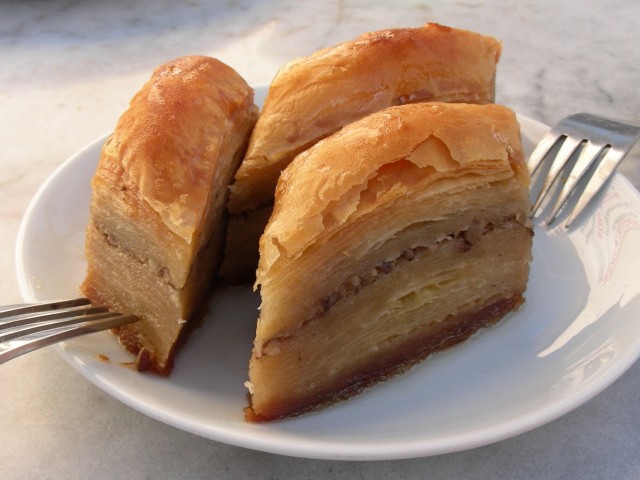
One of the most recognizable greek deserts is baklava. It is a layered desert with lot’s of nuts and a thick sweet delicious syrup. It a staple to almost every greek restaurant and pastry shop. The history of the desert is long and it is lost in past centuries, somewhere in the middle east. The first record of a desert like such was in ancient Syria where the Assyrians at around 8th century B.C. were the first people who put together a few layers of thin bread dough, with chopped nuts in between those layers, added some honey and baked it in their primitive wood burning ovens.
This earliest known version of baklava was baked only on special occasions. In fact, historically baklava was considered food for the rich until mid-19th century. In Turkey, to this day one can hear a common expression often used by the poor, or even by the middle class, saying: “I am not rich enough to eat baklava and boerek every day”. The Greek seamen and merchants traveling east to Mesopotamia soon discovered the delights of Baklava. It mesmerized their taste buds. They brought the recipe to Athens.
The Greeks’ major contribution to the development of this pastry is the creation of a dough technique that made it possible to roll it as thin as a leaf, compared to the rough, bread-like texture of the Assyrian dough. In fact, the name “Phyllo” was coined by Greeks, which means “leaf” in the Greek language. In a relatively short time, in every kitchen of wealthy households in the region, trays of baklava were being baked for all kinds of special occasions from the 3rd Century B.C. onwards. The Armenians, as their Kingdom was located on ancient Spice and Silk Routes, integrated for the first time the cinnamon and cloves into the texture of baklava. The Arabs introduced the rose-water and cardamom. The taste changed in subtle nuances as the recipe started crossing borders. To the north of its birthplace, baklava was being baked and served in the palaces of the ancient Persian kingdom. To the west, it was baked in the kitchens of the wealthy Roman mansions, and then in the kitchens of the Byzantine Empire until the fall of the latter in 1453 A.D. The artisans and craftsmen of all Guilds, the bakers, cooks and pastry chefs who worked in the Ottoman palaces, at the mansions of Pashas and Viziers, and at Provincial Governor (Vali) residences etc., had to be recruited from various ethnic groups that composed the empire. Armenian, Greek, Persian, Egyptian, Assyrian and occasionally Serbian, Hungarian or even French chefs were brought to Constantinople, to be employed at the kitchens of the wealthy. These chefs contributed enormously to the interaction and to the refinement of the art of cooking and pastry-making of an Empire that covered a vast region to include the Balkans, Greece, Bulgaria, Yugoslavia, Persia, Armenia, Iraq and entire Mesopotamia, Palestine, Egypt, North Africa and the Mediterranean and Aegean islands. Towards the end of 19th Century, small pastry-shops started to appear in Constantinople and in major Provincial capitals, to cater the middle class, but the Ottoman Palace have always remained the top culinary “academy” of the Empire, until its end in 1923.
The philosophy and process of making baklava is simple. We need layered phyllo sheets, loosely packed, well covered with an oil, between them several nuts, baked and covered in syrup. the regional differences are located to the type of fat, the type of nuts and the type of syrup used. In turkey it is used a simple syrup made of water and sugar, in Greece they use honey or a mixture or syrup and honey. The nuts are in turkey pistachios, in Greece walnuts and almonds, in Lebanon almonds and pine nuts, and I ve even seen a mixture of butternut squash and several nuts. The key is to bake the desert on time, so when we take out of the oven, the phyllo layers will be crisp and the nuts toasted to highlight the aromatic oils. In Greece and middle east they add spices such cinnamon and clove. A localized variation in Greece requires olive oil and not butter, to make it a desert suitable for lend.
Regional differences are located not only in the ingredients but also in the shape it is cut to, and the way is prepared. So the basic preparation is the to layer the phyllo dough on a metallic pan and cut it in squares. It can also be cut as diamonds. Another method is to take a coupe of phyllo sheets lay them on the table and sprinkle some of the nut mixture on top. Then roll it and cut into pieces. In all cases the secret is not to have very tightly the phyllo sheets. The air has to be able to circulate among the leaves and crisp them. If you this is not done properly the moisture will be trapped and result will be a chew and not crispy. And when we add the syrup both the syrup and the baklava (regardless the shape) have to be hot. I will give here my recipe and the major way of preparation, according to my family but there are other variations as I described above.
- 1 packet of phyllo dough
- 4 cups of sugar
- 3 cups of water
- 1 lb walnuts
- 1 lb almonds
- 2 tsp of cinnamon
- 5 cinnamon sticks
- 2 tsp of whole clove
- 1 tsp of whole allspice
- 1 orange/lemon peal
- 2 tbsp of lemon juice
- 1 tbsp of corn syrup
- 1 1/2 cups of butter
Chop the nuts finely but do not powderize. Add the 2 tsp of cinnamon and mix them in dish. Bake them for 15 min in 350 F oven to give them a head start. Butter the pan and lay the phyllo dough, and to have them loosely packed add wrinkles to them. Take some of the melted butter and sprinkle it over the sheets. Repeat the butter sprinkling once every 4-5 layers. When you are don with 1/3 of the sheets add half of the nuts mixture and stack on top one more third of the sheets. Add the rest of the nuts and finish with the rest of the phyllo. You should reserve about 1 cup of the melted butter. Take a sharp knife and cut it in diamonds deeply. Go all the way down to the bottom of the pan. Take the reserved butter (about a cup or more) and pure it on top of baklava making sure that it goes through the slits. Bake for about 40 mins at 350 F or till it is golden (dark gold) brown and delicious. (gbd in the bakers lingo).
The meantime we prepare the syrup. Mix the water, the sugar, the corn syrup, the spices and the orange peel and let over medium heat to cook. If you have a candy thermometer target for about 230 F. When the baklava is cooked, remove from the oven and let for a few minutes for the steam to relax. While still hot pure the syrup without removing the spices. Let for about 1 hour to absorb the syrup and cool of course. After cooled remove the allspice, clove cinnamon and the orange peel. And it is ready. Please advice you guests to remove the clove that is nailed on every piece before eating (or you can do it).
Baklava: a desert with more international life and disguises than James bond. A great historic desert with great flavor. Every time you sink your teeth into the crisp layers you travel. Travel to Greece, Turkey, Lebanon, Saudi Arabia…
Printable Recipe Card
A desert with a very rich history from Greece to Syria.
Ingredients
- Baklava:
-
1 lb. of phyllo dough
-
4 cups of sugar
-
3 cups of water
-
1 lb walnuts
-
1 lb almonds
-
2 tsp of ground cinnamon
-
1 1/2 cups of butter
-
- Syrup:
-
5 cinnamon sticks
-
2 tsp of whole clove
-
1 tsp of whole allspice
-
1 orange/lemon peal
-
2 tbsp of lemon juice
-
1 tbsp of corn syrup
Directions
- Chop the nuts finely but do not powderize.
- Add the 2 tsp of cinnamon and mix them in.
- Bake them for 15 min in 350 F oven to give them a head start.
- Melt the butter
- Butter the pan and lay the phyllo dough, and to have them loosely packed add wrinkles to them.
- Take some of the melted butter and sprinkle it over the phyllo layers.
- Repeat the butter sprinking once every 4-5 layers.
- When you are don with 1/3 of the sheets add half of the nuts mixture.
- Repeat until with the 1/3 of phyllo.
- Add the rest of the nuts and finish with the rest of the phyllo.
- You should reserve about 1 cup of the melted butter.
- Take a sharp knife and cut it in diamonds deeply. Go all the way down to the bottom of the pan.
- Take the reserved butter (about a cup or more) and pure it on top of baklava making sure that it goes through the slits.
- Bake for about 40 mins at 350 F or till it is golden (dark gold) brown and delicious. (gbd in the bakers lingo).
- The meantime we prepare the syrup. Mix the water, the sugar, the corn syrup, the spices and the orange peal and let over medium heat to cook.
- If you have a candy thermometer target for about 230 F. When the baklava is cooked, remove from the oven and let for a few minutes for the steam to relax.
- While still hot pure the syrup without removing the spices. Let for about 1 hour to absorb the syrup and cool.
- After cooled remove the allspice, clove cinnamon and the orange peal.


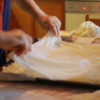
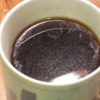
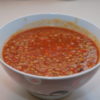
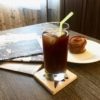
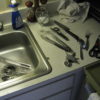
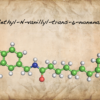

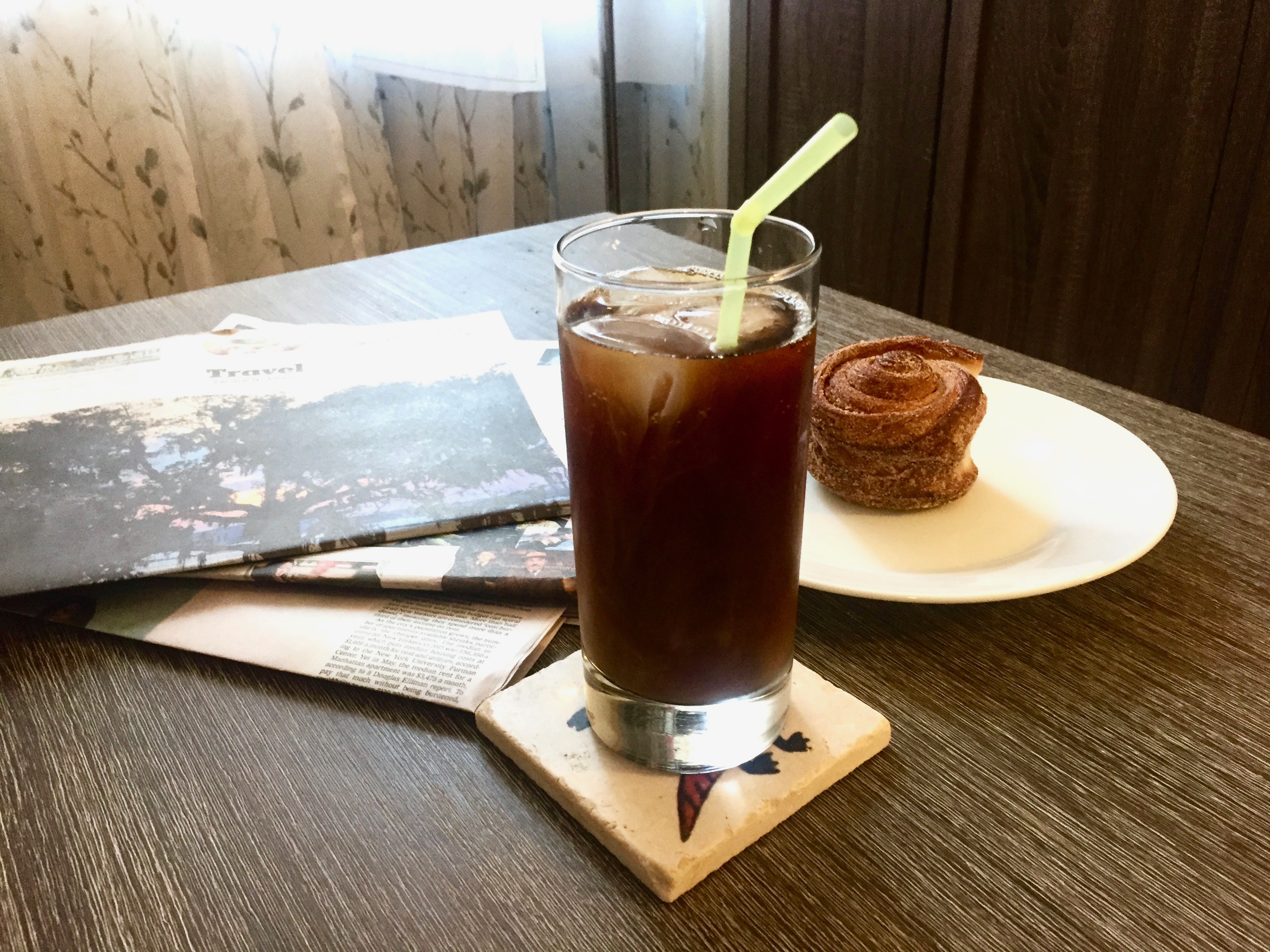
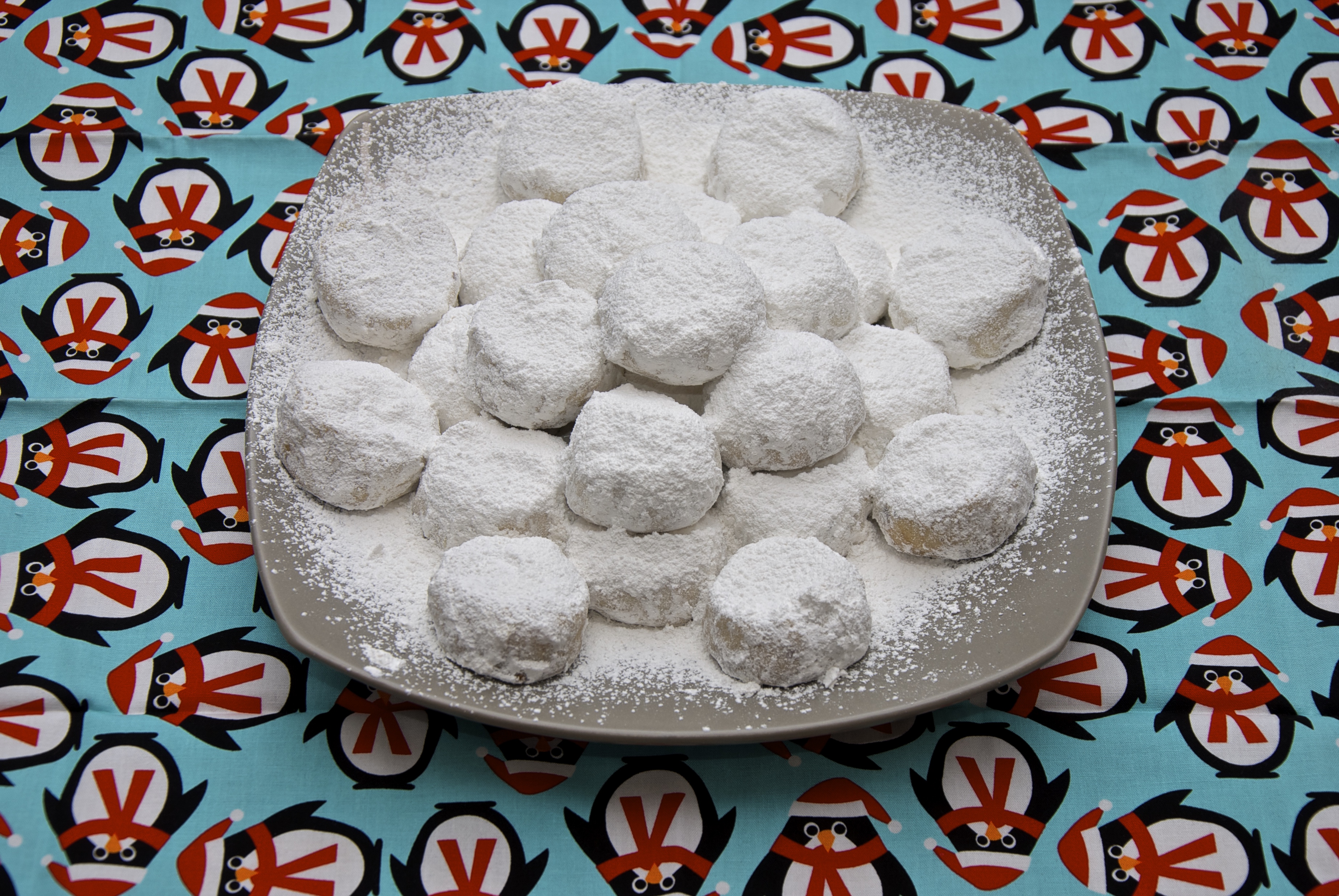
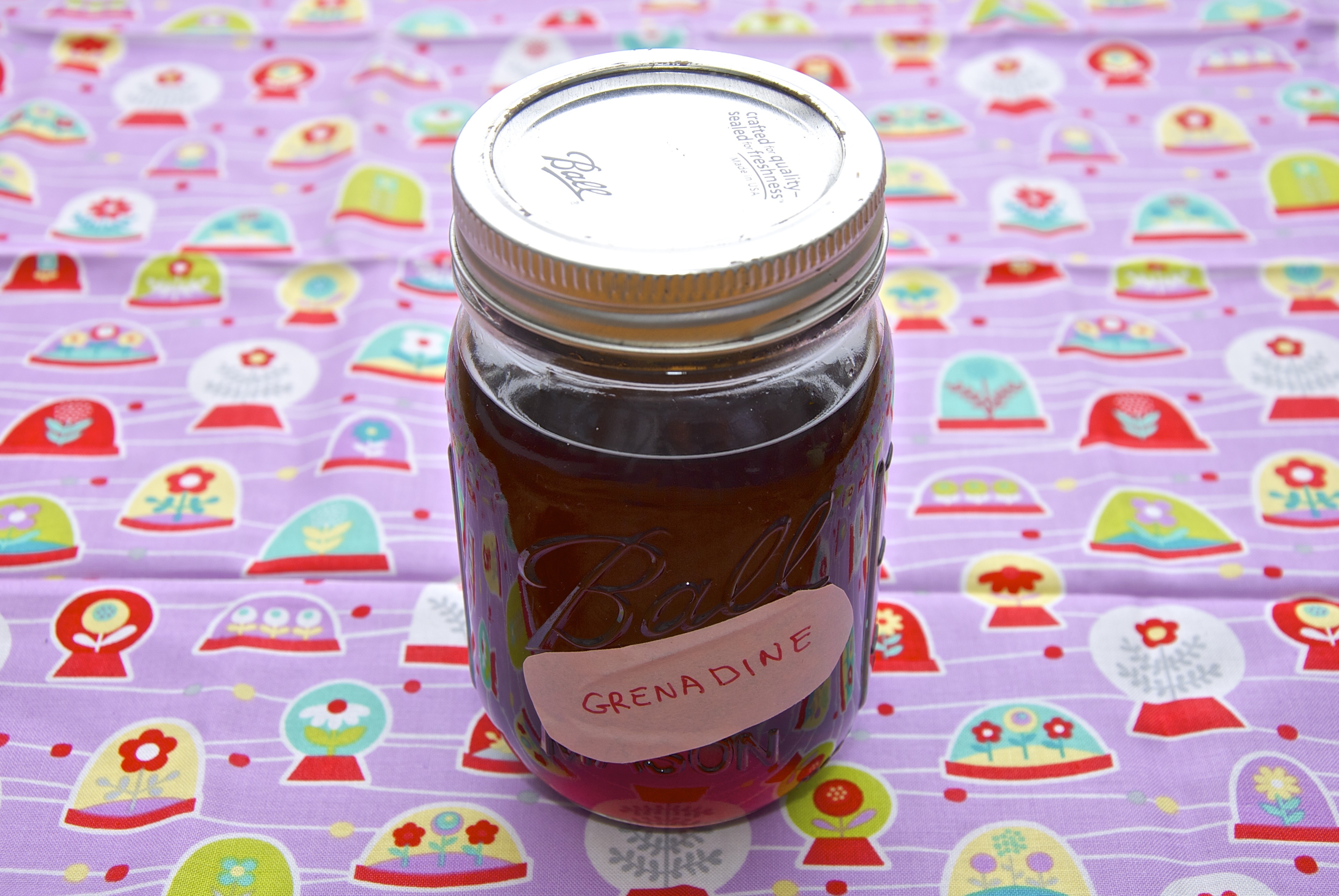
Leave a Reply